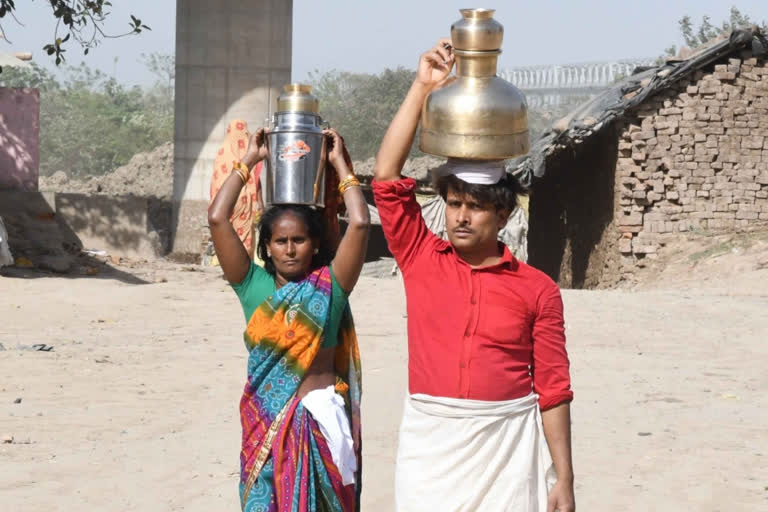Hyderabad: The COVID-19 pandemic, which is having an adverse effect on the global economy, can also go on to worsen the water crisis plaguing India.
It is during the hot summer months of April and May that many areas in India - both urban and rural, face acute water shortage. However, with much of the establishment's resources directed towards the battle against COVID-19, the situation might become much worse this year.
As it is, the prospect of supplying water during summers is a challenge for the authorities, but now, when personal hygiene practices and frequent hand-washing have become the norm, the concerned departments are expected to be on their toes to ensure adequate water supply.
With most of the public departments, including higher-ups in the government, justifiably involved in the fight against COVID-19, the water crisis may not get the attention it requires.
Under the Atal Mission for Rejuvenation and Urban Transformation (AMRUT), the target for 2020-21 was to provide 1.7 million new household water tap connections, but with the targets under severe stress, the risk of disease is magnified.
Similarly, the Jal Shakti Abhiyan, which was described as a time-bound, mission-mode water conservation campaign in 256 water-stressed districts, is also facing difficulties.
Read: Maintaining nutrition during COVID-19 lockdown
The officers, who were to make visits to these areas, have had to defer their plans due to the crisis.
Clean water becomes much more important, as the World Bank estimates that 21 per cent of communicable diseases in India are linked to unsafe water, while reports suggest that at least 45 per cent of Indians under a pernicious water crisis are at risk of communicable diseases, including COVID-19.
Further, most urban slums depend on tankers for water supply, and for such households, alcohol-based sanitisers are unaffordable.
Coming to the practising personal hygiene habits, a rough estimate shows that one-two litres of clean water are required for every hand wash per person for 20 seconds. At that rate, for several hand washes in a day, a household of five individuals would require at least 50-70 litres of additional water.
Alarmingly, most of the afflicted regions in rural India, depend on government water tank trucks to deliver a maximum of 20 to 25 liters of water per person -- enough for hand washing, but only if villagers do not use the water for any other activity, which is impossible.
Read: IAF transports 450 tonnes of medical equipment, support materials amid coronavirus lockdown




